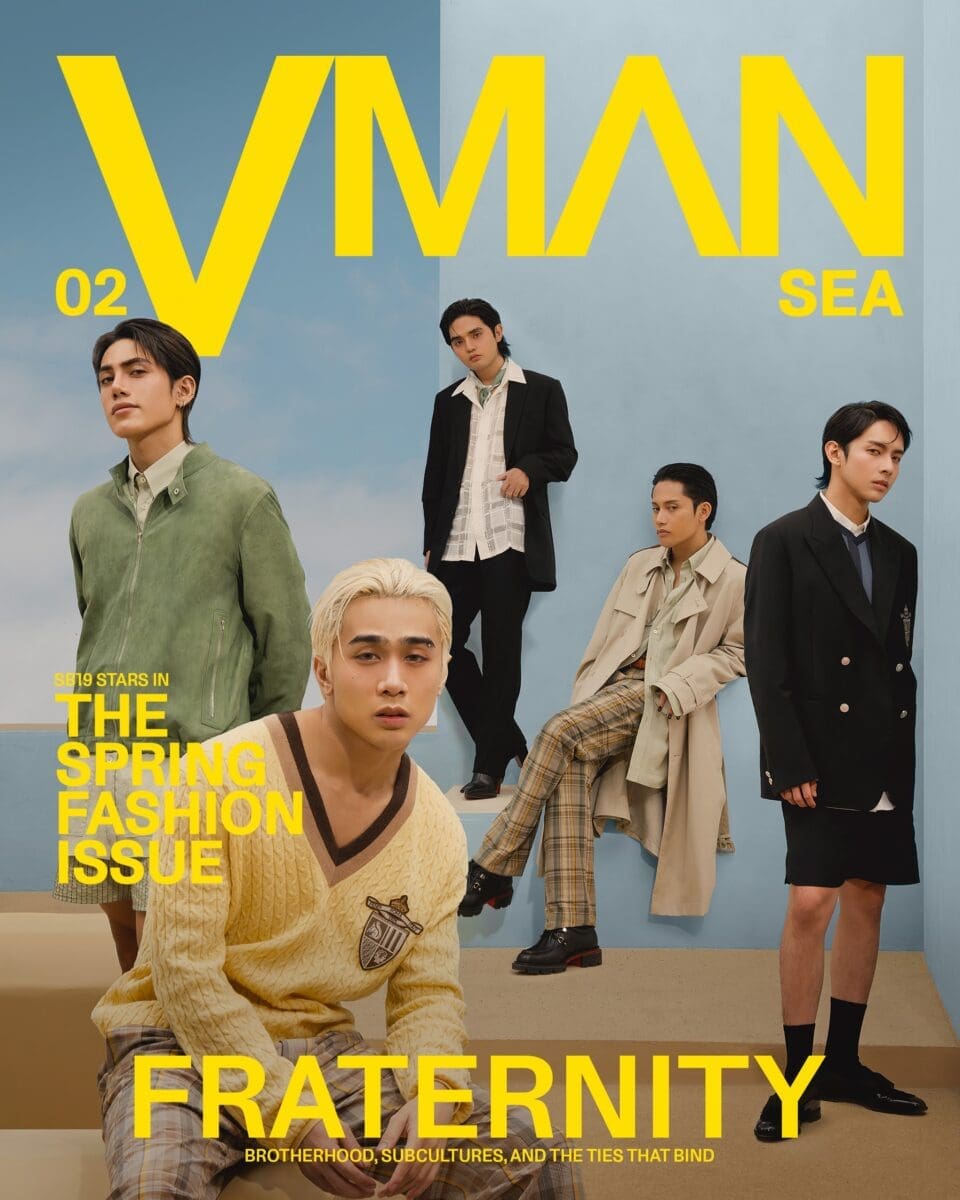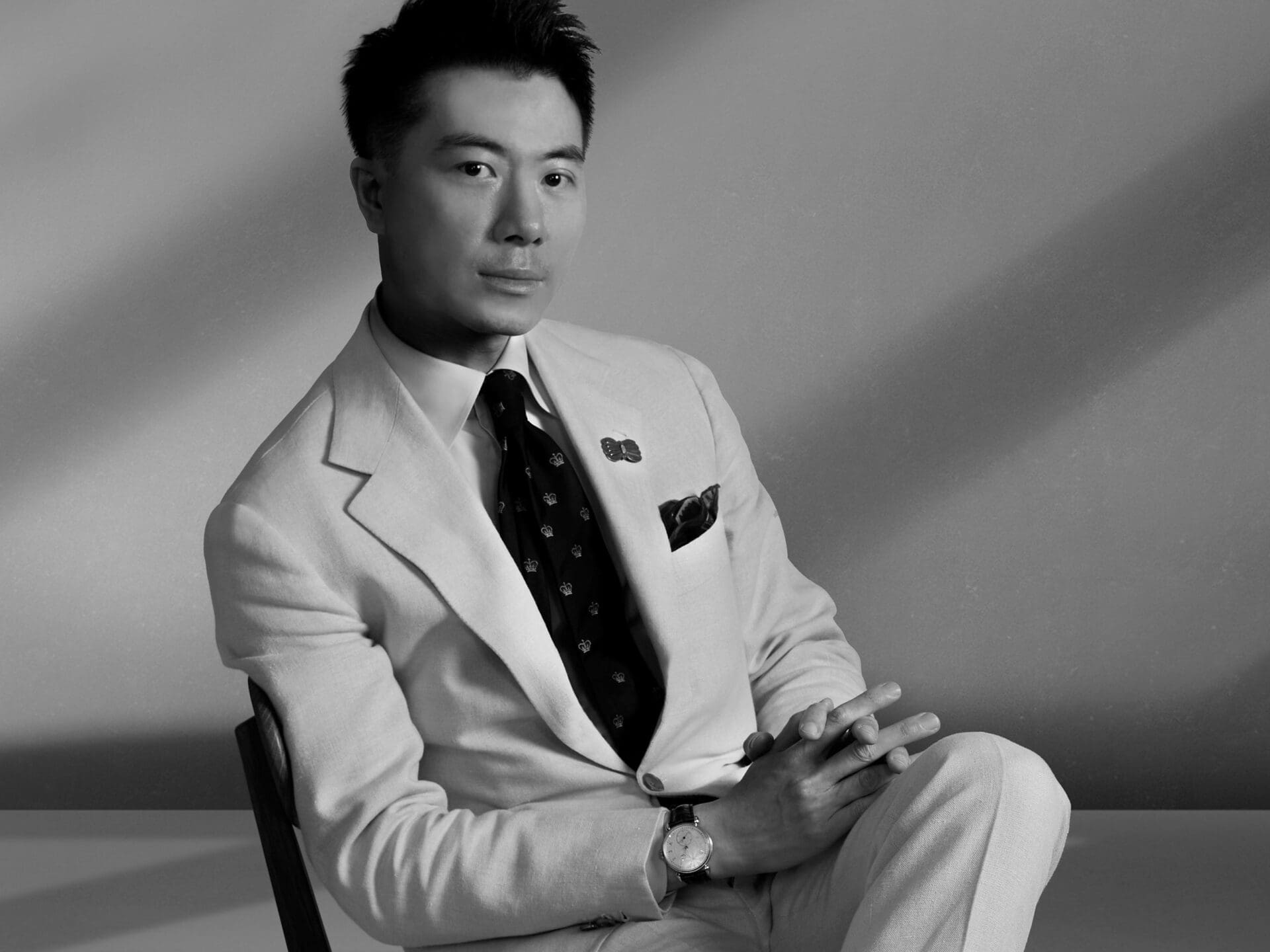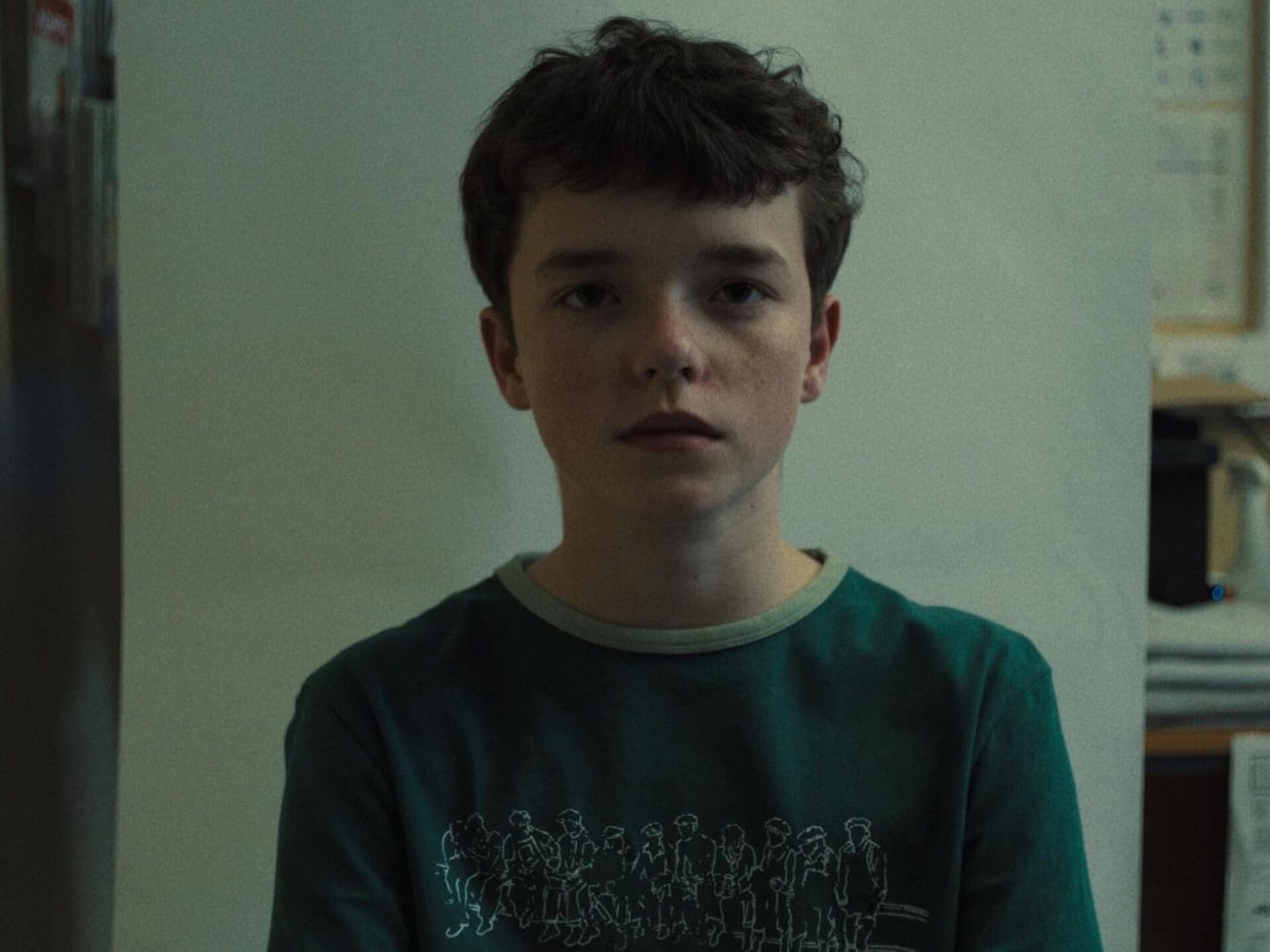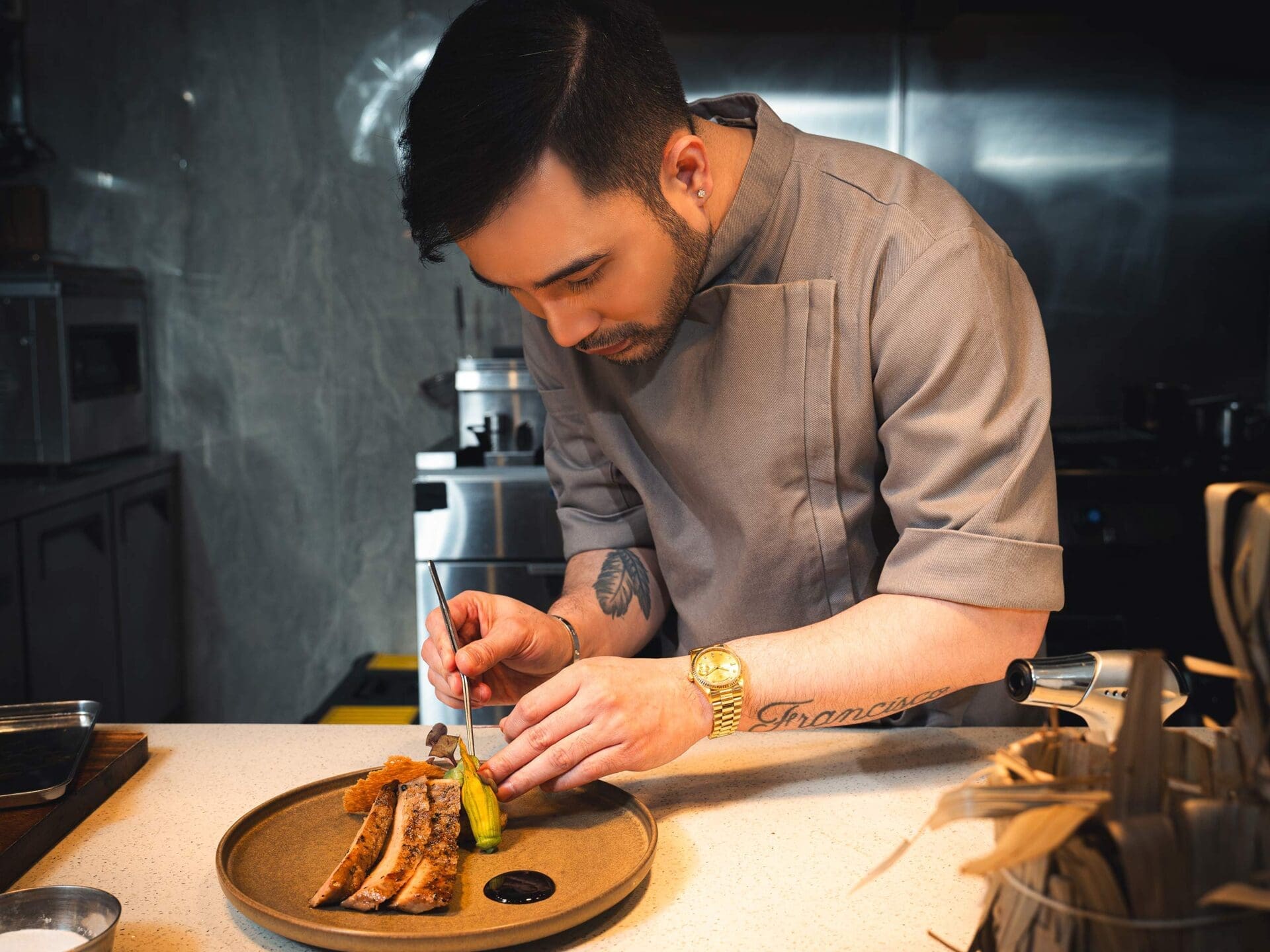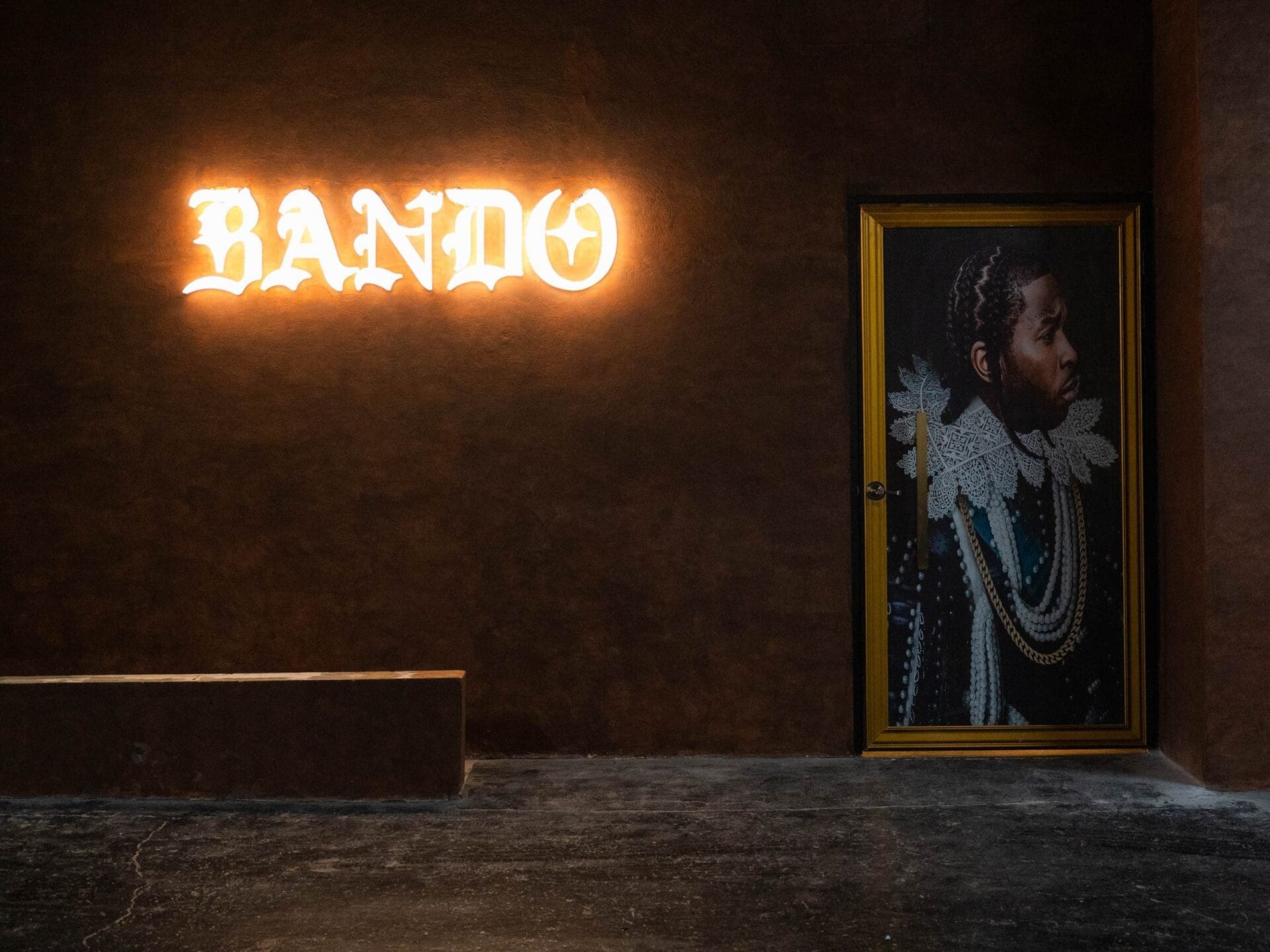Why Saigon is in Love with the Nightlife
There’s never been a better time to party in Saigon, where the nightlife underground—a wildly creative scene—has become family
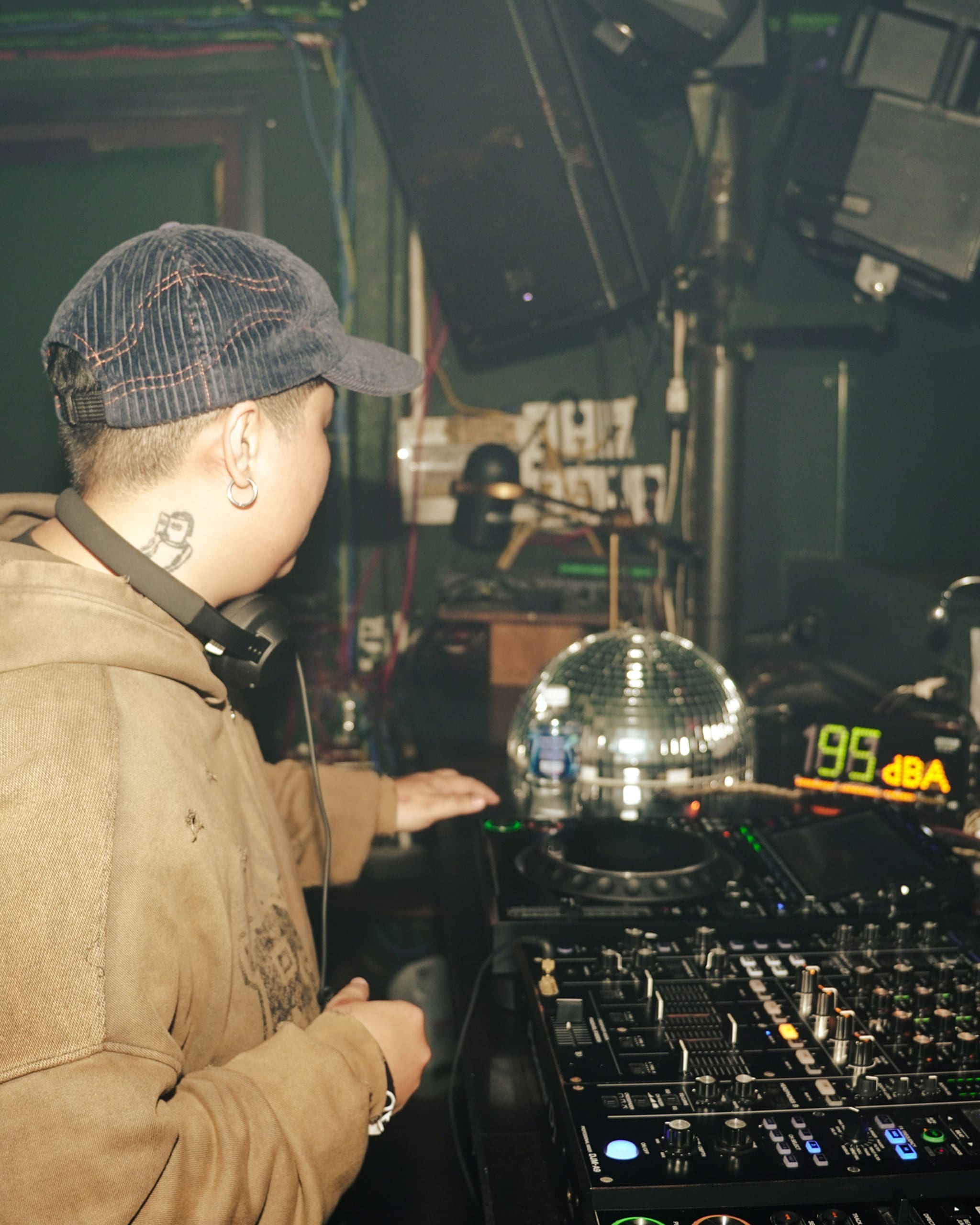
“As long as we’re having fun, that’s all that matters”
They say New York is the city that never sleeps—but that title perhaps belongs equally to Ho Chi Minh City, also known affectionately by its former name Saigon. In this city of nearly nine million, motorbikes weave through the streets at all hours, markets buzz with energy day to night, and clubbing is a wild affair that takes you to the dawn.
“Saigon nightlife is absolute chaos, in the best way,” says Yen-Nhi Le, the Amsterdam-based writer and co-founder of Saigon Kiss. “It’s a mix of underground, high-energy and no-rules fun. The music scene is diverse—one moment you’re in a dark, sweaty techno basement, the next you’re on a rooftop watching the sunrise.”
I learned this firsthand many years ago on my first visit to The Observatory, or Obs, the city’s longest-running techno club, which opened in 2013. After a night of sweating it out in the dark room, where the best DJs perform, we trickled out of the elevators arm-in-arm and beelined towards the aroma of an early-morning noodle soup vendor—what would become a common post-club ritual for me.
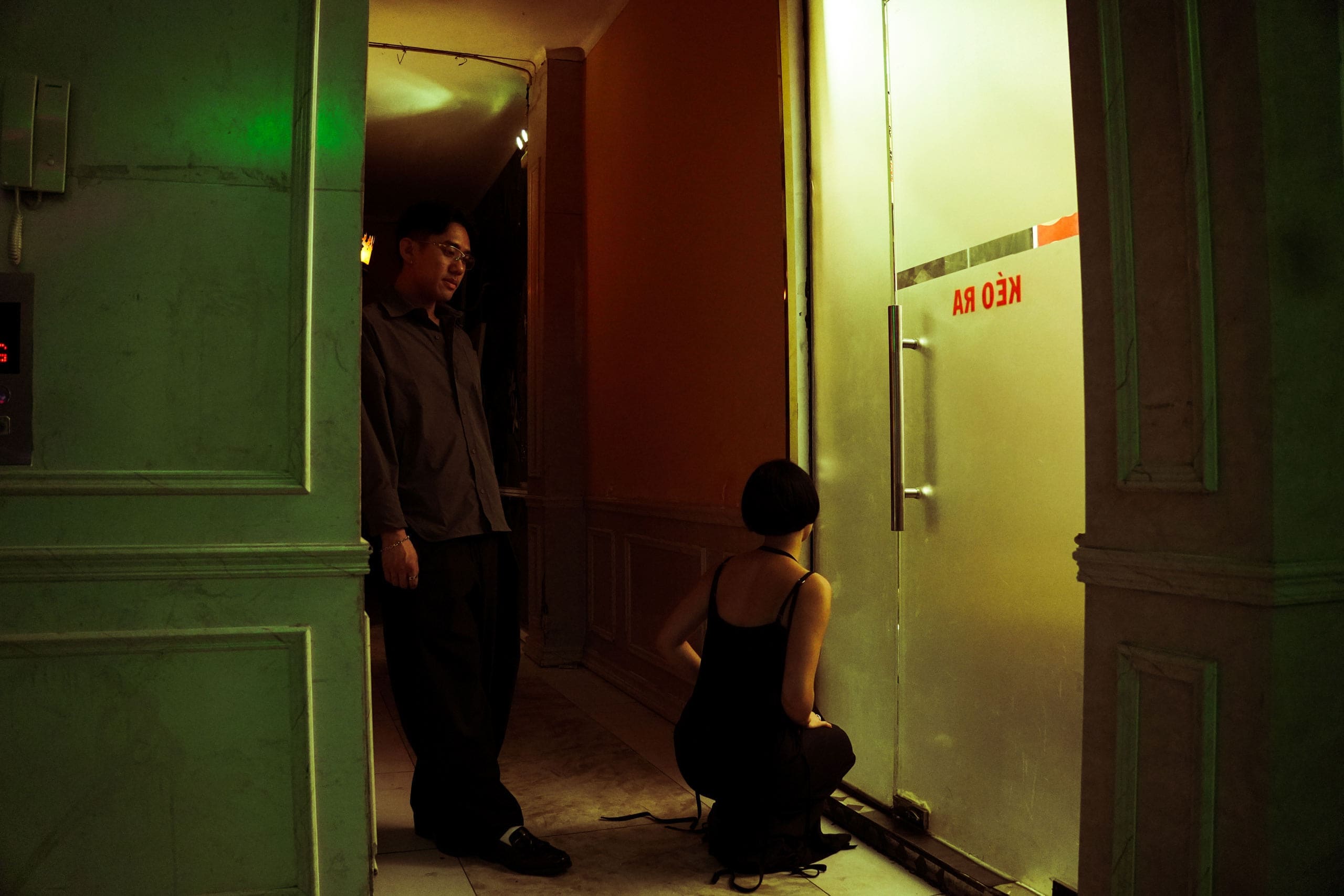
As a Vietnamese American coming from the United States, it was maybe the first time I’d ever gone out clubbing in a city and felt entirely comfortable in my own skin—free of the pressure to perform.
“As we say in Vietnam, ‘Vui là được rồi’—as long as we’re having fun, that’s all that matters,” says Manh Nguyen, founder of Astoud—an e-comm retailer focused on bringing Vietnamese brands to the global market. “Everyone is just here to have a good time, no pretense, no pressure.”
Clubs like Obs as well as Arcan—a more experimental techno venue that opened in 2018—have become cornerstones of Saigon’s creative community. A mixed audience of locals, expats, and visitors create a launchpad for local artists looking to reach a global audience and a gateway for international DJs making a visit to Vietnam. At the crossroads of mainstream and underground, they also serve as an informal home for many of Saigon’s many loosely-formed music, fashion, and arts collectives.

“I’ve been loving music my whole life, and have loved throwing events since I was young,” explains Ryan Son Hoang, co-founder of the fashion concept store OFFjob, which regularly hosts events at both The Observatory and Arcan. “Sure, it’s a way to escape the business of life—but for me it’s mostly about connection.”
For Lunar New Year, OFFjob takes over Obs for a post-holiday rave featuring a global lineup of DJs from the United States, Germany, and Vietnam. Here, VMAN Southeast Asia chats with some nightlife regulars to find out what keeps them returning to Saigon’s nightlife underground.
Love on the dance floor
“It’s simple—I love to dance,” says Đỗ, a DJ who regularly performs at queer underground parties like Vap Cuc Da and Gai Nhay. “I love releasing my energy by letting loose and feeling free, without any particular reason. What makes Saigon nightlife special is that you can’t truly understand it just by searching on Google.”
Đỗ’s close friend, Duc, a Vietnamese-Australian director-photographer, adds that they themselves became close through the club scene when he first moved to Saigon and knew no one.
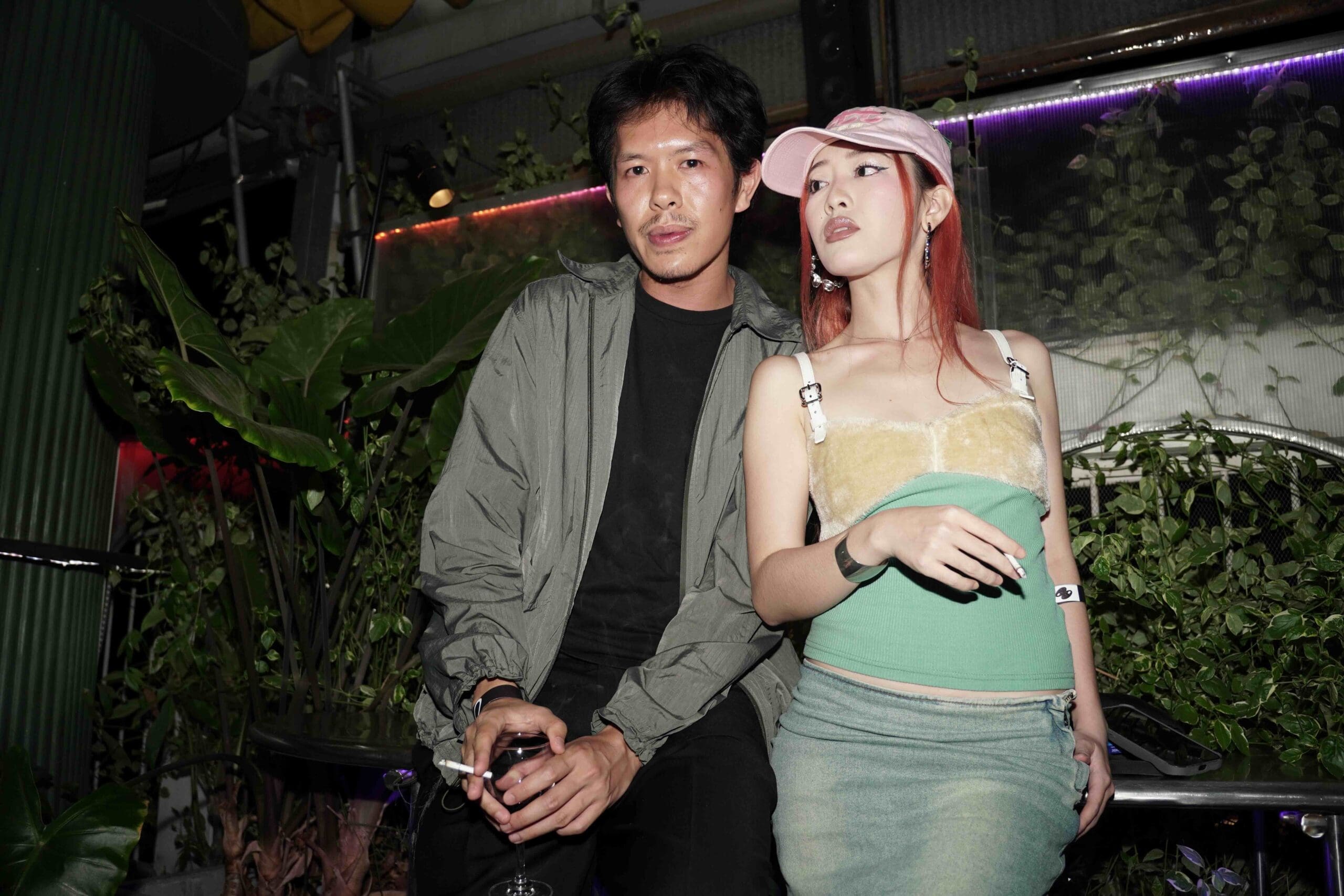
“It wasn’t until I met Đỗ that I discovered these incredible things about Saigon that I wouldn’t have known otherwise,” he says. “Now, it really does feel like a home. And the club really captures that essence. It’s this place where you can come as a complete stranger and leave feeling renewed and brought into something bigger than you.”
Indeed, in a relatively small yet rapidly growing arts scene—comprising designers, DJs, models, photographers, writers, and beyond—clubs serve as crucial conduits for forming connections within the larger community. C3lina, a Vietnamese American DJ and promoter, notes that this ecosystem thrives on spontaneity—and the kind of chance encounters the dance floor can offer.

“In a world where we are increasingly losing organic human connection, there’s a lot of value to going out,” they explain. “That might be the only time in the week you get to see your friends! And you never know who you will meet just by going to a rave. That person could be your next paycheck.”
Beyond beneficial connections, what makes nightlife in Saigon so dynamic is the way it reflects Vietnamese culture—from local music genres to homegrown fashion. Khoaly Killah, a DJ often known as the king of vinahouse—a high-BPM, hard-bass-driven genre ubiquitous in Vietnam, points out Saigon’s progressive style, and the ways the club becomes a real-life runway for people to experiment aesthetically.
“Our fashion industry is unique,” he says. “People know the parties that match their vibe. They got style. They pull up with the iconic outfits.”
Đỗ adds that Vietnamese people are experts are reimagining global culture—including nightlife—through their own lens. There’s thousands of years of historical precedent to this: we subverted the Chinese language to create our own, absorbed French colonialism in architecture and dishes like bánh mì, and turned Eastern European techno into vinahouse in the 90s.
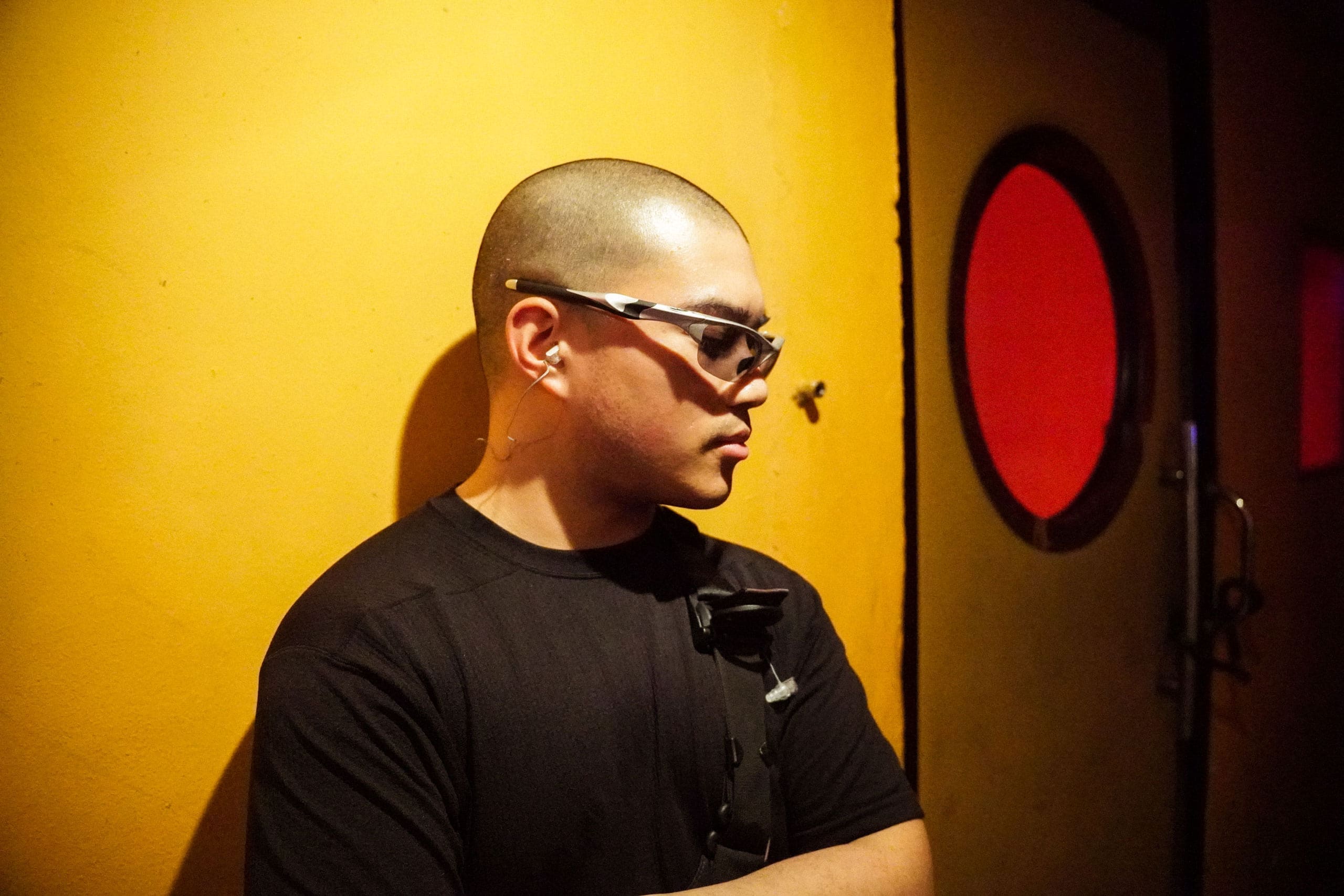
“On the surface, you’ll see that big, chaotic energy of vinahouse, which is a defining element,” she explains. “But go deeper and you’ll be surprised by how Vietnamese people transform and diversify music—just like the way they created their food.”
For Saigon party organizers, the future of nightlife revolves around developing new and novel concepts—keeping in line with the city’s raw energy of innovation. These days, you’ll find everything from hyper-stylized Y2K-inspired raves to nights that feel like intimate house parties.
“When I started hosting parties myself, I became fascinated by the production side of things—how every detail comes together to create an unforgettable experience,” Manh Nguyen says. “So now, every party feels like a mix of a high-energy workout and a live experiment in event curation.”
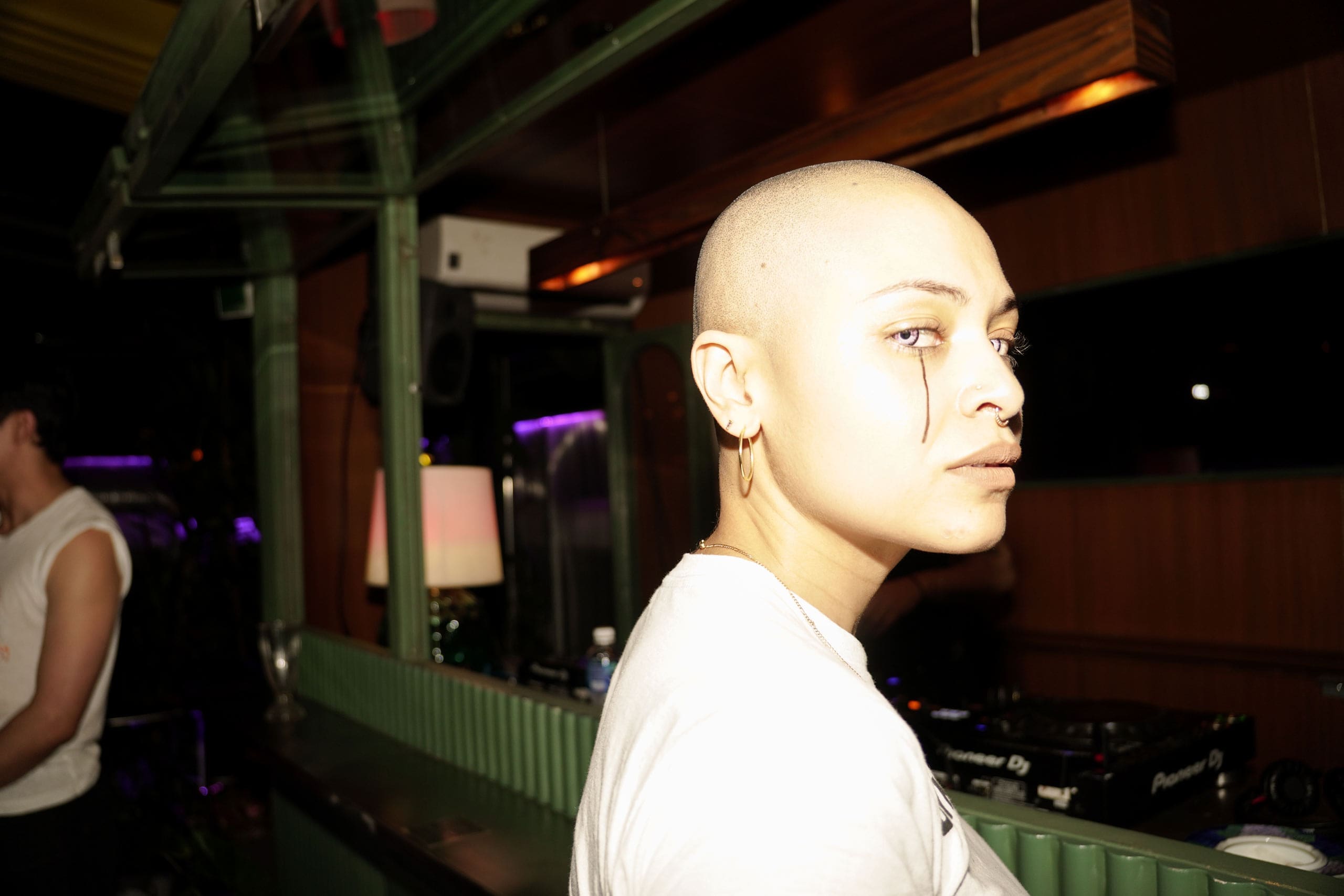
As Saigon’s party scene becomes more sophisticated, the world is taking notice: recently, Đỗ and Khoaly Killah were among a group of rising-star DJs who performed at Saigon’s sold-out Boiler Room set—co-hosted by Gái Nhảy and another local queer party collective Bung Lon.
“For electronic music, DJ culture has exploded in the past few years,” says Dương Gia Hiếu, the creative head of Ném Space. “Pioneering collectives like Gãy, Gái Nhảy, and Bung Lồn are pushing boundaries, while underground spots like Arcan continue to nurture the scene.”
“What makes Saigon nightlife special is its openness,” he adds. “There are no rigid rules, just a constant sense of experimentation. The best is yet to come.”
Back on the dance floor at Obs, I’m front row at the DJ with a new crush and all of our friends. It’s not quite Valentines’ Day yet, but love is all around. It’s not just the romantic kind of love, but the kind of love for life—and all the people moving to the same beat as you—that makes a city feel like home.
Photography Tự-Anh Đặng
Creative direction Yến-Nhi Lê

